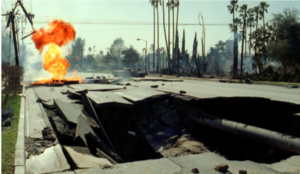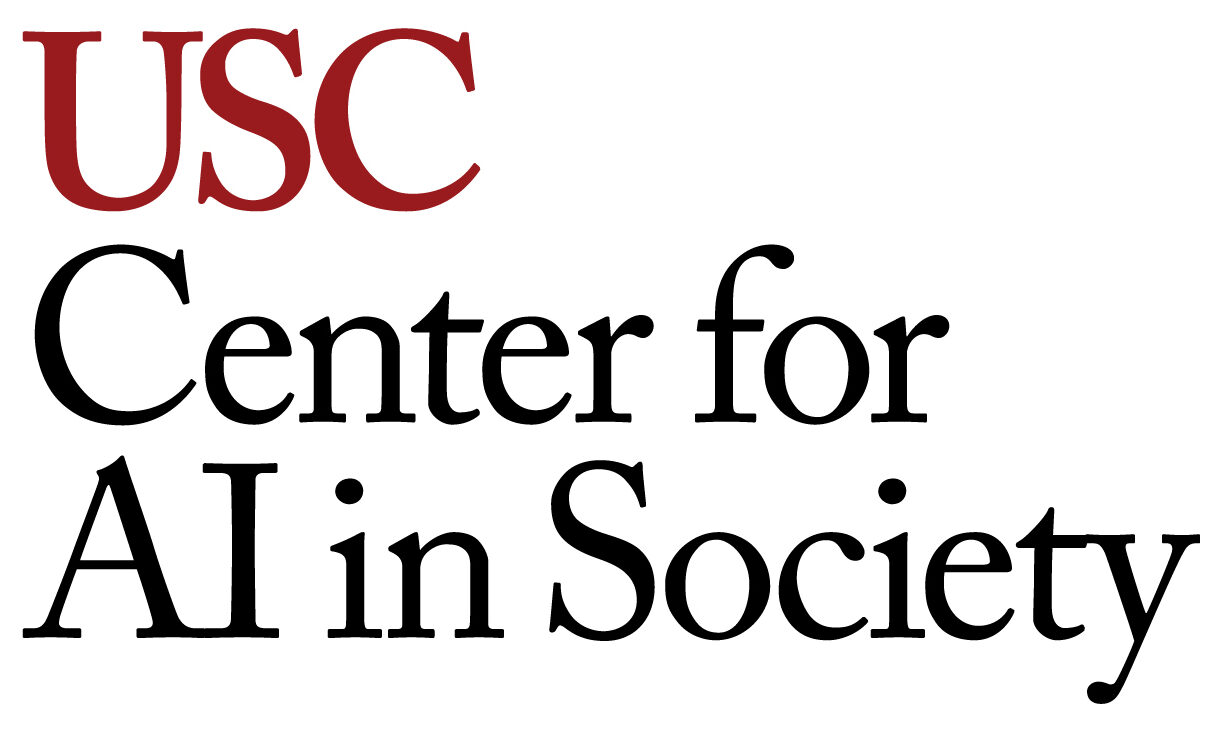Leveraging AI for Disaster Response: Scalable and effective algorithms for strategic planning
In recent years, there have been an increasing number of natural disasters such as mudslides, wildfire, earthquakes, and floods, all of which had major effects on individual lives and infrastructure; causing devastation to local communities. Natural disasters cost the US on average $100 billion each year (1), and the number of people affected continues to grow. Given current trends in environmental change and human population growth, such disasters are likely to increase in frequency, severity, and distribution. Hence, it is important to have informed, effective, and efficient disaster planning and response capabilities.
Goals
One key strategy of minimizing the impact of disasters is to strategically allocate resources ahead of time to provide maximum resilience to potential risks, both in the context of long-term strategies for infrastructure investments and placement of resources, when a disaster is inevitable (e.g., earthquake).
We are looking at how cities can make the most effective and efficient strategic and targeted investments to maximize the disaster resiliency of key infrastructures such as transportation and water networks, mitigating or minimizing potential future disaster-driven disruptions in these infrastructures that can lead to loss of human lives, health or wellbeing.
We are working with the City of Los Angeles to optimize the placement of seismic-resilient pipes so that in the event of an earthquake, water can be ensured to critical customers (e.g., hospitals, evacuation centers) and always within reach of a fire hydrant for firefighting. Water is a vital resource for drinking, food preparation, healthcare, hygiene, and firefighting. With a significant earthquake, Los Angeles’ water supply can be greatly impacted, as demonstrated during the 1994 magnitude 6.7 Northridge earthquake.

We are also building upon prior work (see below) to fortify roads before flooding reduces connectivity and access in Senegal. We want to use optimization to perform strategic resource allocation and network design, while considering reachability (i.e., minimizing number of potentially isolated people), path length (i.e., reducing evacuation or response times), number of edge-disjoint paths (i.e., improving robustness and efficiency of routing), and fairness (i.e., no region should go unserved).
Methods
We use scalable algorithms for network design optimization problems that arise in resilient infrastructure planning.
Prior work
In response to the UN Data for Climate Action Challenge, we combined climate-scenario-based flood prediction models for Senegal, human mobility needs (mined from mobile phone call records data), and resource allocation optimization algorithms to create an AI-based framework to inform flood-resilient road infrastructure planning (2). We even won the Climate Adaptation Award for our work!
Our approach finds the optimal allocation of a limited budget in order to carefully and selectively fortify some road stretches to reduce the impact of flooding and maximize the mobility needs of the community. Our results highlight that infrastructure fortifications informed by estimated risk and infrastructure utilization yield substantial improvements to regional accessibility in the event of a disaster, thus increasing the efficacy of real-time emergency response efforts and evacuation route planning.
Taoan Huang
Paritosh Singh
Serena Zhu
Trevor Asbery
Isaac Wahout
California Legislature Joint Legislative Committee on Emergency Management Senate Committee on Governmental Organization Assembly Committee on Emergency Management, August 5, 2024, How California is Leveraging AI for Effective Emergency Preparedness and Response
CREATE, July 17, 2o24, Bistra Dilkina Appointed as Senior Research Fellow at CREATE
Partnership for Public Service & Microsoft, July 2020, Into the Storm: Using Artificial Intelligence to Improve California’s Disaster Resilience
StateScoop, July 9, 2020, Why AI might be the most under-used emergency response tool
Forbes, June 22, 2020, 10 Wonderful Examples Of Using Artificial Intelligence (AI) For Good
MarketWatch, January 21, 2020, How artificial intelligence could predict the next natural disaster
UX Connection, January 3, 2020, Using AI for good: Algorithms for disaster planning and response
USC News, September 23, 2019, The next big effort in AI: keeping L.A.’s water flowing post-earthquake
- Smith, A. B. (2019). 2018’s Billion Dollar Disasters in Context. Retrieved from https://www.climate.gov/news-features/blogs/beyond-data/2018s-billion-dollar-disasters-context
- Gupta, A., Robinson, C., & Dilkina, B. (2018). Infrastructure Resilience for Climate Adaptation. In Proceedings of the 1st ACM SIGCAS Conference on Computing and Sustainable Societies (COMPASS), Menlo Park & San Jose, CA. https://doi.org/10.1145/3209811.3209859
Photos from
- http://www.latimes.com/local/lanow/la-me-ln-california-mexico-earthquake-20170908-htmlstory.html
- http://content.time.com/time/specials/packages/article/0,28804,1953379_1953494_1956034,00.html



